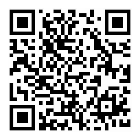SAE ARP 5898-2002 飛行甲板表面操作顯示器的人性化界面標準
作者:百檢網 時間:2021-08-05
標準號:SAE ARP 5898-2002
中文標準名稱:飛行甲板表面操作顯示器的人性化界面標準
英文標準名稱:Human Interface Criteria for Flight Deck Surface Operations Displays
標準類型:V41
發布日期:1999/12/31 12:00:00
實施日期:1999/12/31 12:00:00
中國標準分類號:V41
國際標準分類號:49.100
引用標準:RTCA DO-242A-2002;RTCA DO-247-1999;RTCA DO-257;RTCA DO-272;SAE ARP 268;SAE ARP 571;SAE ARP 1068;SAE ARP 1093;SAE ARP 1161-1972;SAE ARP 1782-1989;SAE ARP 1874-1988;SAE ARP 4032-1988;SAE ARP 4033-1995;SAE ARP 4101-1988;SAE ARP 4101/2-1989;SAE ARP 4102-1988
適用范圍:Following a number of high-visibility collisions between aircraft on the airport surface, overall taxi operations have been brought under greater scrutiny. In addition, observation of taxi operations and the results of associated research programs have revealed that the efficiency of taxi operations could be significantly improved with available technologies and by applying a human centered design approach. Surface operations displays have been tested in prototype form and a number of manufacturers are moving toward product definition. This document provides guidance on the design of elements, which may be part of surface operations displays whose objectives would be to enhance safety and to improve overall efficiency of aircraft operations on the airport surface. Such efficiency increases should be realized not only in day- to-day operations, but should also be manifested in training for surface operations. This document sets forth functional and design recommendations concerning the human factors issues and criteria for flight deck display of surface operations information. It is assumed that the system will have a human centered design based on the lessons learned from past systems, with simple operation, consistent performance, and intuitive use, without negative transfer of information. The visual and aural characteristics are covered for both the alerting components and surface operations display components. The display system may contain any one or a combination of these components. Although the system functionality assumed for this document exemplifies fixed-wing aircraft implementation, the recommendations do not preclude other aircraft types. The recommendations contained in this document address both near- and far-term technology directed toward providing information used during surface operations, although the present version remains primarily focused on near-term applications. Since this type of document provides only best practice recommendations, the guidance is provided in the form of should statements as opposed to the shall statements that appear in standards and requirements types of documents. The assumptions about the system that guided and bounded the recommendations contained in this document include: The system is a flight-deck-based system displaying surface operations information to the flight crew in visibility conditions down to and including CAT IIIb or under a Surface Movement Guidance and Control System (SMGCS); When available, multiple sources of data will be used to provide the flight crew with the best available information; The system will be capable of worldwide operation; At least initially, paper and/or electronic versions of the surface charts will still exist and be available to the flight crew; There will be pilot-in-the-loop/manual involvement in any path changes; Information will be accessible by appropriate flight crew members; The system will be based on the English language, but other languages may be considered; The system will be available full time during all ground operations; Ground operations are defined as the time from the gate to 1000 feet AGL or the departure end of the runway on departure and from 1000 feet AGL to the gate on approach. The display function may be stand alone or part of a multi-function display; Initial design will provide for upgradeability and expansion; The human interface will be integrated with other display functions and will not interfere with any other flight deck functions; In-flight planning displays of surface information will be addressed by other standards development efforts focused on electronic charting;Whenever possible, information will be layered according to pre- selected priorities. The figures in this document are derived from ongoing experimental programs and are used as illustrative samples only.
中文標準名稱:飛行甲板表面操作顯示器的人性化界面標準
英文標準名稱:Human Interface Criteria for Flight Deck Surface Operations Displays
標準類型:V41
發布日期:1999/12/31 12:00:00
實施日期:1999/12/31 12:00:00
中國標準分類號:V41
國際標準分類號:49.100
引用標準:RTCA DO-242A-2002;RTCA DO-247-1999;RTCA DO-257;RTCA DO-272;SAE ARP 268;SAE ARP 571;SAE ARP 1068;SAE ARP 1093;SAE ARP 1161-1972;SAE ARP 1782-1989;SAE ARP 1874-1988;SAE ARP 4032-1988;SAE ARP 4033-1995;SAE ARP 4101-1988;SAE ARP 4101/2-1989;SAE ARP 4102-1988
適用范圍:Following a number of high-visibility collisions between aircraft on the airport surface, overall taxi operations have been brought under greater scrutiny. In addition, observation of taxi operations and the results of associated research programs have revealed that the efficiency of taxi operations could be significantly improved with available technologies and by applying a human centered design approach. Surface operations displays have been tested in prototype form and a number of manufacturers are moving toward product definition. This document provides guidance on the design of elements, which may be part of surface operations displays whose objectives would be to enhance safety and to improve overall efficiency of aircraft operations on the airport surface. Such efficiency increases should be realized not only in day- to-day operations, but should also be manifested in training for surface operations. This document sets forth functional and design recommendations concerning the human factors issues and criteria for flight deck display of surface operations information. It is assumed that the system will have a human centered design based on the lessons learned from past systems, with simple operation, consistent performance, and intuitive use, without negative transfer of information. The visual and aural characteristics are covered for both the alerting components and surface operations display components. The display system may contain any one or a combination of these components. Although the system functionality assumed for this document exemplifies fixed-wing aircraft implementation, the recommendations do not preclude other aircraft types. The recommendations contained in this document address both near- and far-term technology directed toward providing information used during surface operations, although the present version remains primarily focused on near-term applications. Since this type of document provides only best practice recommendations, the guidance is provided in the form of should statements as opposed to the shall statements that appear in standards and requirements types of documents. The assumptions about the system that guided and bounded the recommendations contained in this document include: The system is a flight-deck-based system displaying surface operations information to the flight crew in visibility conditions down to and including CAT IIIb or under a Surface Movement Guidance and Control System (SMGCS); When available, multiple sources of data will be used to provide the flight crew with the best available information; The system will be capable of worldwide operation; At least initially, paper and/or electronic versions of the surface charts will still exist and be available to the flight crew; There will be pilot-in-the-loop/manual involvement in any path changes; Information will be accessible by appropriate flight crew members; The system will be based on the English language, but other languages may be considered; The system will be available full time during all ground operations; Ground operations are defined as the time from the gate to 1000 feet AGL or the departure end of the runway on departure and from 1000 feet AGL to the gate on approach. The display function may be stand alone or part of a multi-function display; Initial design will provide for upgradeability and expansion; The human interface will be integrated with other display functions and will not interfere with any other flight deck functions; In-flight planning displays of surface information will be addressed by other standards development efforts focused on electronic charting;Whenever possible, information will be layered according to pre- selected priorities. The figures in this document are derived from ongoing experimental programs and are used as illustrative samples only.
相關標準
《YD/T2583.14-20138.7》蜂窩式移動通信設備電磁兼容性能要求和測量方法 第14部分 LTE用戶設備及其輔助設備
《YD/T2583.14-20139.4》蜂窩式移動通信設備電磁兼容性能要求和測量方法 第14部分 LTE用戶設備及其輔助設備
《YD/T2583.14-20139.6》蜂窩式移動通信設備電磁兼容性能要求和測量方法 第14部分 LTE用戶設備及其輔助設備
《YD/T2583.14-20139.2》蜂窩式移動通信設備電磁兼容性能要求和測量方法 第14部分 LTE用戶設備及其輔助設備
《YD/T2583.14-20139.3》蜂窩式移動通信設備電磁兼容性能要求和測量方法 第14部分 LTE用戶設備及其輔助設備
《YD/T2583.14-20138.8》蜂窩式移動通信設備電磁兼容性能要求和測量方法 第14部分 LTE用戶設備及其輔助設備
《YD/T2583.14-20139.5》蜂窩式移動通信設備電磁兼容性能要求和測量方法 第14部分 LTE用戶設備及其輔助設備
《YD/T2583.14-20139.7》蜂窩式移動通信設備電磁兼容性能要求和測量方法 第14部分 LTE用戶設備及其輔助設備
《YD/T2583.14-20139.1》蜂窩式移動通信設備電磁兼容性能要求和測量方法 第14部分 LTE用戶設備及其輔助設備
《YD/T2583.14-20139.8》蜂窩式移動通信設備電磁兼容性能要求和測量方法 第14部分 LTE用戶設備及其輔助設備
《YD/T2583.14-20139.4》蜂窩式移動通信設備電磁兼容性能要求和測量方法 第14部分 LTE用戶設備及其輔助設備
《YD/T2583.14-20139.6》蜂窩式移動通信設備電磁兼容性能要求和測量方法 第14部分 LTE用戶設備及其輔助設備
《YD/T2583.14-20139.2》蜂窩式移動通信設備電磁兼容性能要求和測量方法 第14部分 LTE用戶設備及其輔助設備
《YD/T2583.14-20139.3》蜂窩式移動通信設備電磁兼容性能要求和測量方法 第14部分 LTE用戶設備及其輔助設備
《YD/T2583.14-20138.8》蜂窩式移動通信設備電磁兼容性能要求和測量方法 第14部分 LTE用戶設備及其輔助設備
《YD/T2583.14-20139.5》蜂窩式移動通信設備電磁兼容性能要求和測量方法 第14部分 LTE用戶設備及其輔助設備
《YD/T2583.14-20139.7》蜂窩式移動通信設備電磁兼容性能要求和測量方法 第14部分 LTE用戶設備及其輔助設備
《YD/T2583.14-20139.1》蜂窩式移動通信設備電磁兼容性能要求和測量方法 第14部分 LTE用戶設備及其輔助設備
《YD/T2583.14-20139.8》蜂窩式移動通信設備電磁兼容性能要求和測量方法 第14部分 LTE用戶設備及其輔助設備
百檢網專注于為第三方檢測機構以及中小微企業搭建互聯網+檢測電商服務平臺,是一個創新模式的檢驗檢測服務網站。百檢網致力于為企業提供便捷、高效的檢測服務,簡化檢測流程,提升檢測服務效率,利用互聯網+檢測電商,為客戶提供多樣化選擇,從根本上降低檢測成本提升時間效率,打破行業壁壘,打造出行業創新的檢測平臺。
百檢能給您帶來哪些改變?
1、檢測行業全覆蓋,滿足不同的檢測;
2、實驗室全覆蓋,就近分配本地化檢測;
3、工程師一對一服務,讓檢測更精準;
4、免費初檢,初檢不收取檢測費用;
5、自助下單 快遞免費上門取樣;
6、周期短,費用低,服務周到;
7、擁有CMA、CNAS、CAL等權威資質;
8、檢測報告權威有效、中國通用;
客戶案例展示
相關商品
相關資訊

暫無相關資訊
最新資訊
版權與免責聲明
①本網注名來源于“互聯網”的所有作品,版權歸原作者或者來源機構所有,如果有涉及作品內容、版權等問題,請在作品發表之日起一個月內與本網聯系,聯系郵箱service@baijiantest.com,否則視為默認百檢網有權進行轉載。
②本網注名來源于“百檢網”的所有作品,版權歸百檢網所有,未經本網授權不得轉載、摘編或利用其它方式使用。想要轉載本網作品,請聯系:service@baijiantest.com。已獲本網授權的作品,應在授權范圍內使用,并注明"來源:百檢網"。違者本網將追究相關法律責任。
③本網所載作品僅代表作者獨立觀點,不代表百檢立場,用戶需作出獨立判斷,如有異議或投訴,請聯系service@baijiantest.com



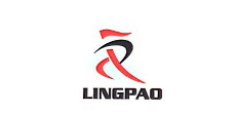
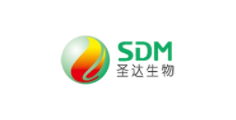
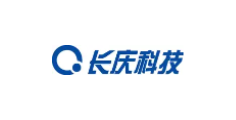
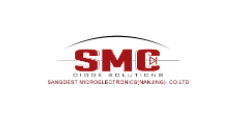
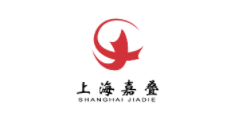
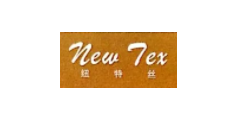
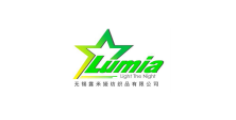
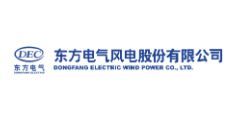

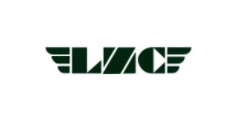
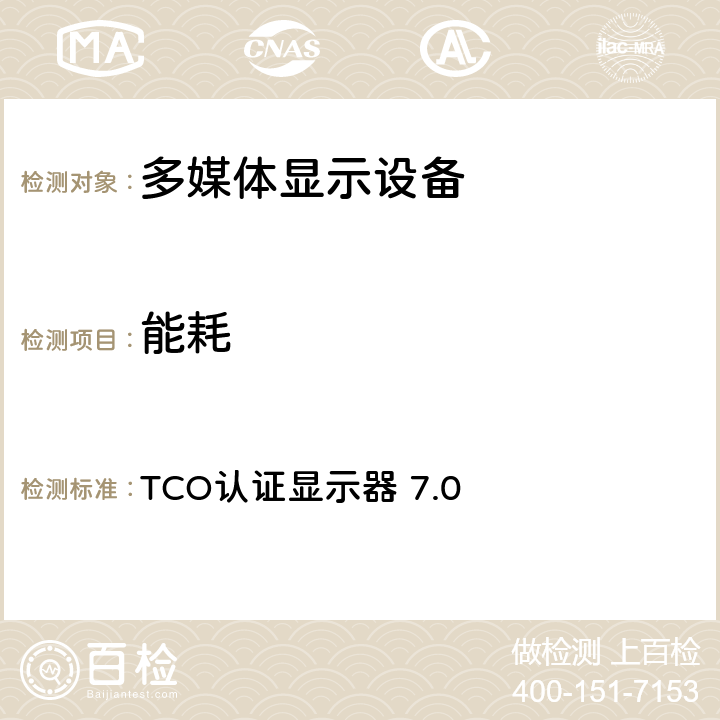
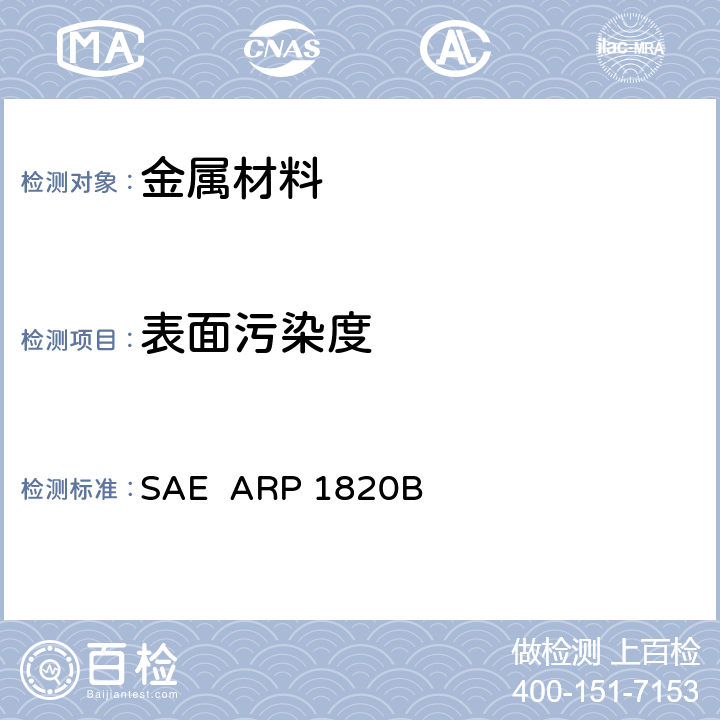
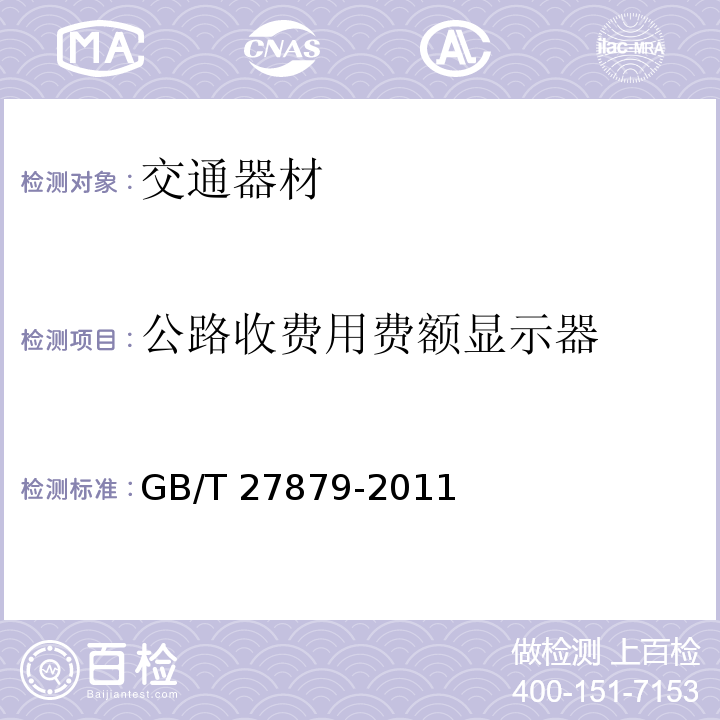
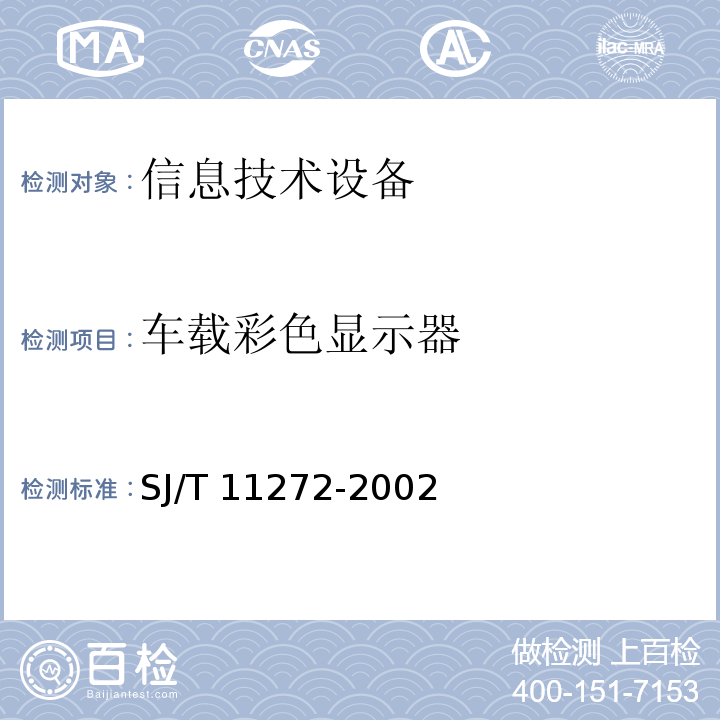
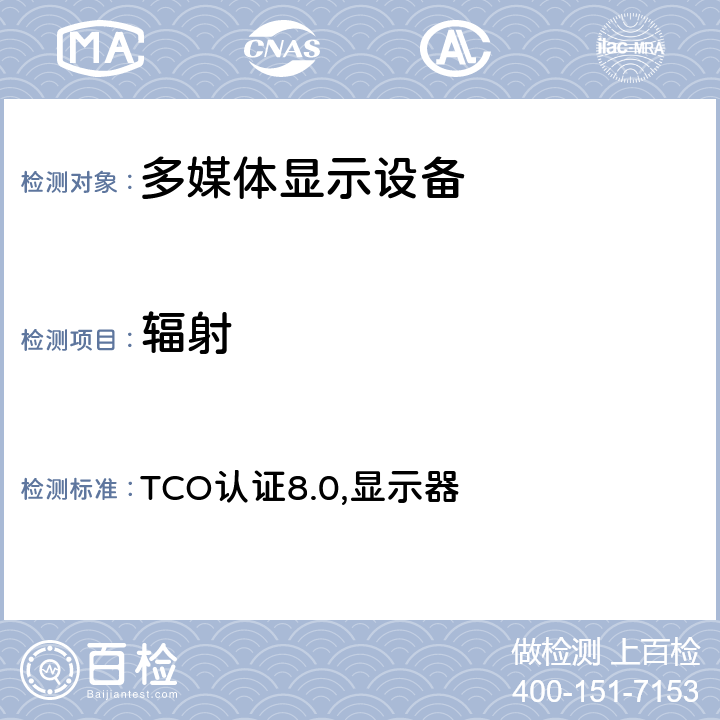
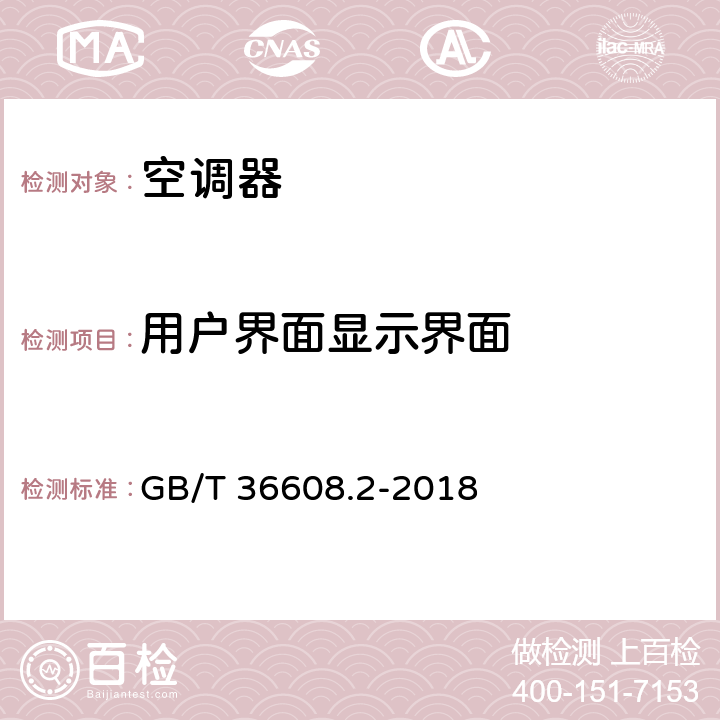

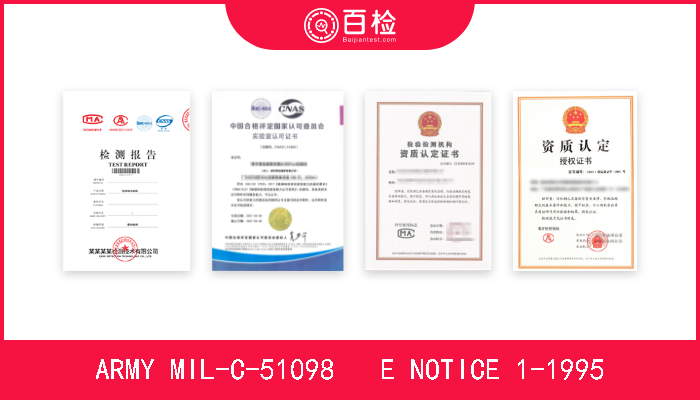
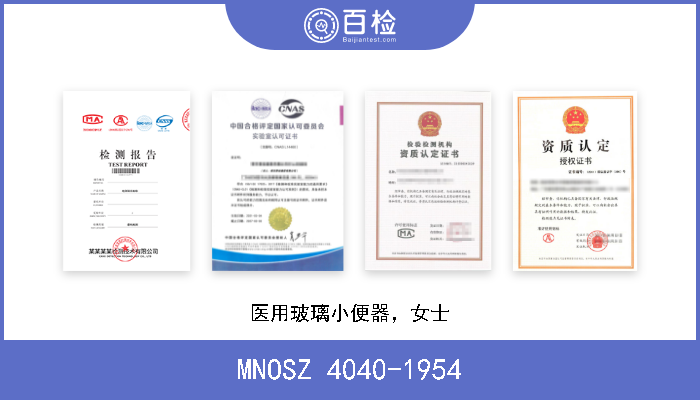
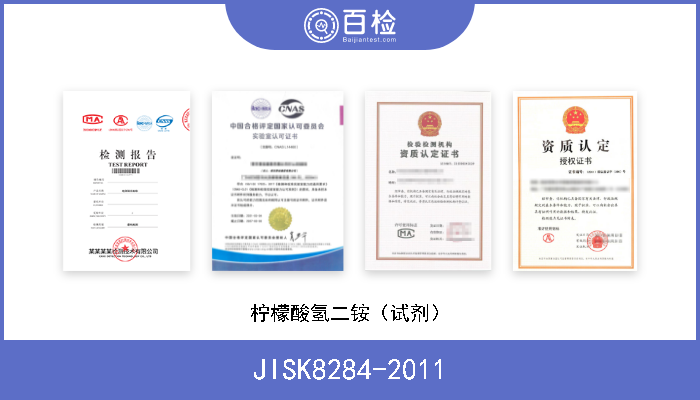
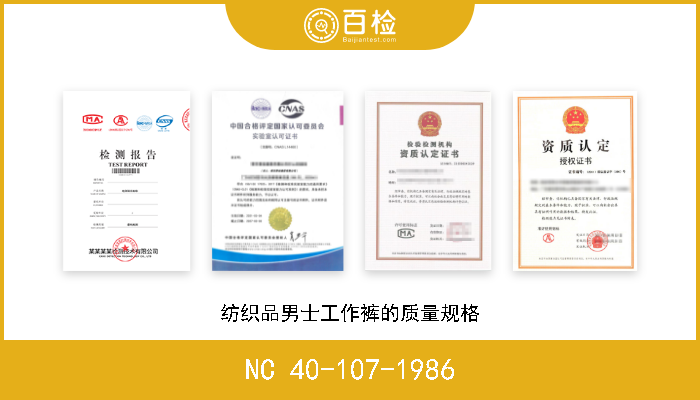
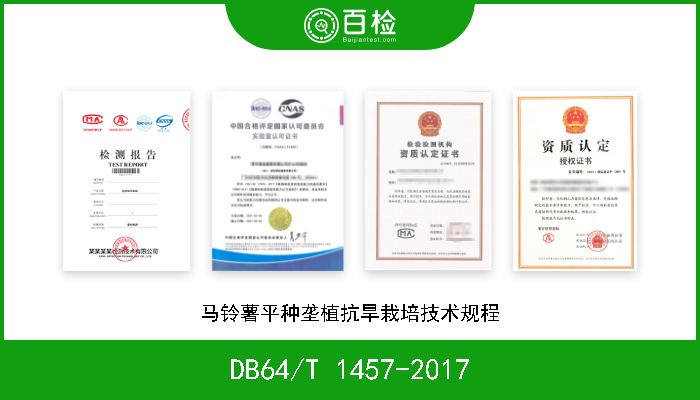
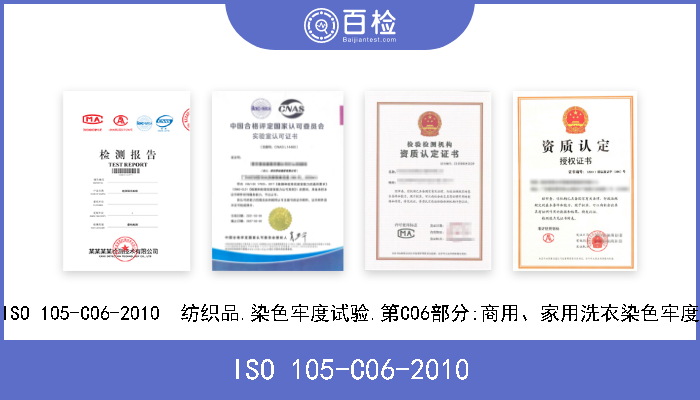
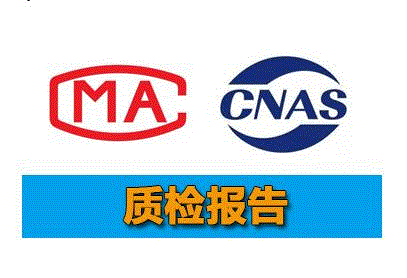
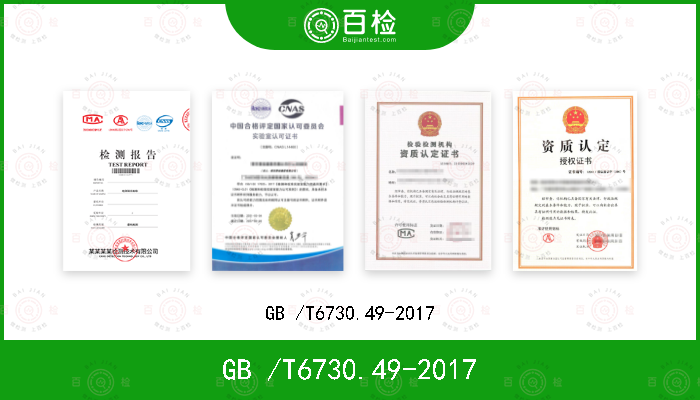
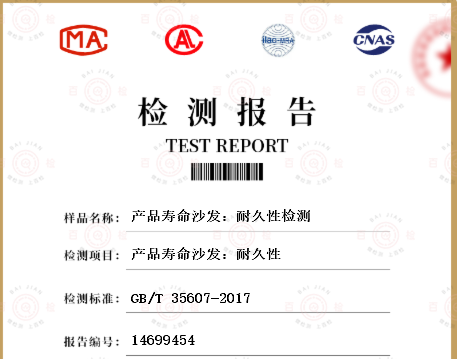


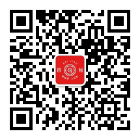
 400-101-7153
400-101-7153 15201733840
15201733840